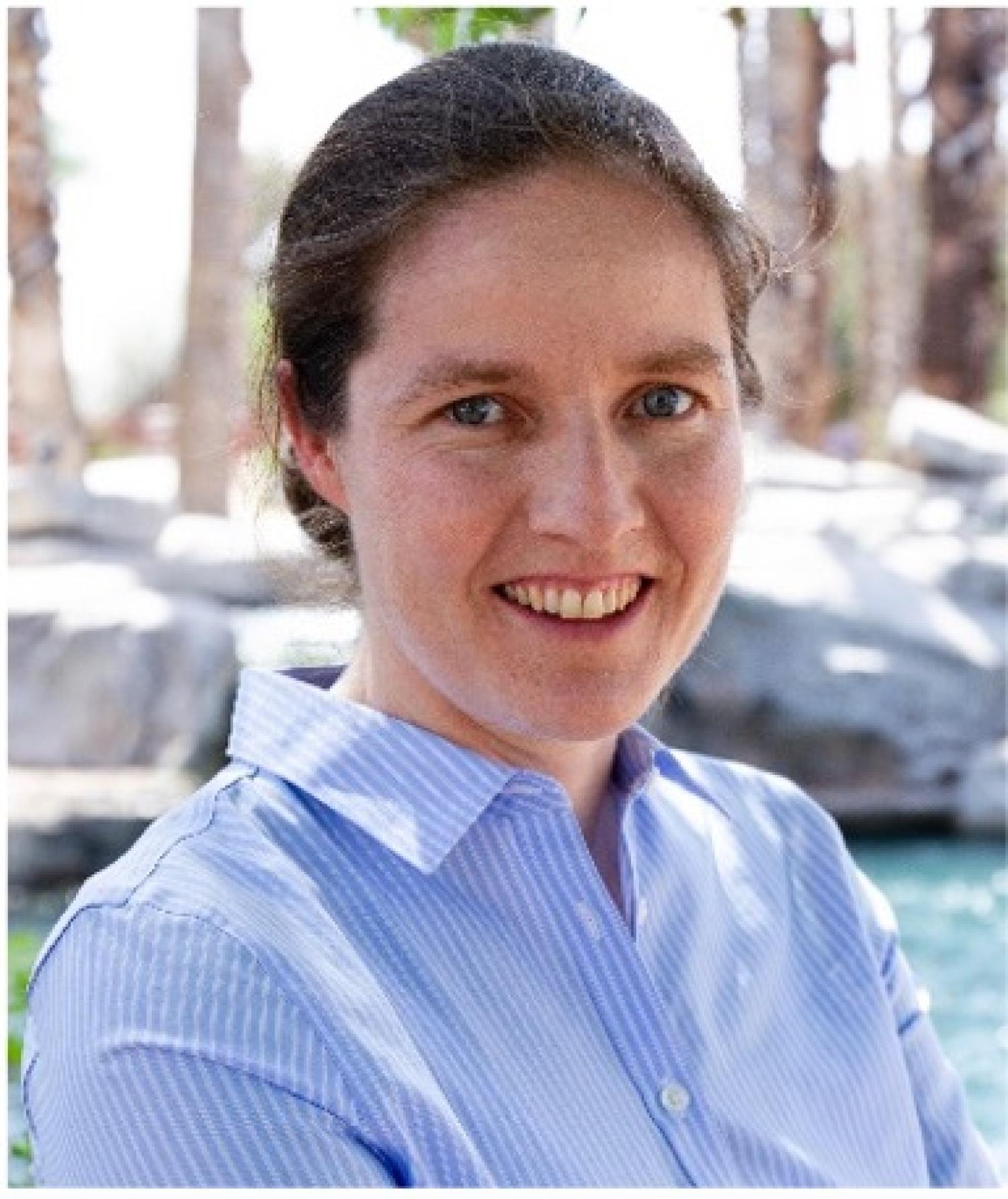Patten Seminar Series: Sophia Haussener, April 18

Solar Fuel Processing by Concentrated Light
Speaker: Sophia Haussener, associate professor, Laboratory of Renewable Energy Science and Engineering École Polytechnique Fédéralede Lausanne (EPFL) Lausanne, Switzerland
Host:Al Weimer
Tuesday, April 18, 2023 — 2:45 p.m., JSCBB A108
Abstract
Solar radiation is the most abundant renewable energy source but it is distributed and intermittent, thereby necessitating its storage via conversion to a fuel or chemical commodity (e.g. hydrogen or carbohydrates) for practical use. Solar thermo-chemical and photo-electrochemical approaches (and combinations thereof) provide viable, non-biological routes for the direct synthesis of solar fuels and chemical commodities. While solar thermochemical approaches utilize heat at high temperature to support an endothermic reaction, photoelectrochemical approaches utilize the photons (with sufficient energy).
I will review the state of the art of photoelectrochemical and thermochemical solar fuel processing approaches and comment on their specific challenges [1]. Given the economic and sustainability advantage of utilizing concentrated radiation in photoelectrochemistry [2], I will discuss the utilization of concentrated solar irradiation and thermal integration for photoelectrochemical water splitting [3] and show that this design logic is equally valid for photoelectrochemical CO2 reduction [4]. I will highlight engineering challenges to scale such solar fuel approaches to industrially relevant levels.
As the large kinetic, ohmic and transport overpotentials limit the current density and therefore the power density of typical photoelectrochemical approaches, I will explore approaches for close thermal integration and high current density operation. Specifically, I will discuss the development of a modeling framework that assesses the possibility of high-temperature operation (temperatures > 400 K) of the photoelectrochemical approach in a solid state equivalent design [5]. Such devices would utilize ceramic electrolytes, earth abundant catalysts with small overpotentials, and high-temperature solar cells utilizing the thermionic emission principle. I will present the experimental implementation of such a solar-driven high-temperature electrolysis approach in a simpler integrational approach [6]. I will highlight that combinations of solar thermochemistry and electrochemistry can help in enhancing the performance of solar thermochemical cycles [7] and end with a discussion on some of our research highlights on high temperature heat storage, relevant for continuous operation of solar thermochemical systems.
1] S. Haussener, Solar fuel processing: Comparative mini-review on research, technology development, and scaling, Solar Energy, doi: 10.1016/j.solener.2022.09.019, 2022.
[2] M. Dumortier, S. Tembhurne, S. Haussener, Holistic design guidelines for solar hydrogen production by photoelectrochemical routes, Energy Environmental Science, doi: 10.1039/c5ee01821h, 2015.
[3] S. Tembhurne, F. Nandjou, S. Haussener, A thermally synergistic photo-electrochemical hydrogen generator operating under concentrated solar irradiation, Nature Energy, doi: 10.1038/s41560-019-0373-7, 2019.
[4] E. Boutin, M. Patel, E. Kecsenovity; S. Suter; C. Janáky, S. Haussener, Photo‐Electrochemical Conversion of CO2 Under Concentrated Sunlight Enables Combination of High Reaction Rate and Efficiency, Advanced Energy Materials, doi: 10.1002/aenm.202200585, 2022.
[5] R. Gutierrez, S. Haussener, Modeling and design guidelines of high-temperature photoelectrochemical devices, Sustainable Energy & Fuels, doi: 10.1039/D0SE01749C, 2021.
[6] M. Lin, C. Suter, S. Diethelm, J. Van herle, S. Haussener, Integrated solar-driven high-temperature electrolysis operating with concentrated irradiation, Joule, doi: 10.1016/j.joule.2022.07.013, 2022.
[7] W. Bai, H. Huang, C.Suter, S. Haussener, M. Lin, Enhanced Solar-to-Fuel Efficiency of Ceria-Based Thermochemical Cycles via Integrated Electrochemical Oxygen Pumping, ACS Energy Letters, doi : 10.1021/acsenergylett.2c01318, 2022.
Biosketch
Sophia Haussener is an associate professor heading the Laboratory of Renewable Energy Science and Engineering at the Ecole Polytechnique Fédérale de Lausanne (EPFL). She received her PhD (2010) in mechanical engineering from ETH Zurich. Between 2011 and 2012, she was a postdoctoral researcher at the Joint Center of Artificial Photosynthesis (JCAP) and the Energy Environmental Technology Division of the Lawrence Berkeley National Laboratory (LBNL). She is the vice president of EPFL’s research award commission (since 2021). She has published more than 80 articles in peer-reviewed journals and conference proceedings, and two books. She has been awarded the ETH medal (2011), the Dimitris N. Chorafas Foundation award (2011), the ABB Forschungspreis (2012), the Prix Zonta (2015), the Global Change Award (2017) and the Raymond Viskanta Award on Radiative Transfer (2019), and is a recipient of the Starting Grant of the Swiss National Science Foundation (2014). She is a co-founder of the startup SoHHytec aiming at commercializing photoelectrochemical hydrogen production. She is the former chair of the American Society of Mechanical Engineers (ASME) Solar Energy Division, a former member of the Scientific Advisory Council of the Helmholtz Zentrum, and a member of the scientific board of the Liquid Sunlight Alliance. Her current research is focused on providing design guidelines for thermal, thermochemical and photoelectrochemical energy conversion reactors through multi-physics modeling and demonstrations. Her research interests include: thermal sciences, fluid dynamics, charge transfer, electro-magnetism and thermo/electro/photochemistry in complex multi-phase media on multiple scales.

